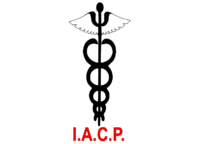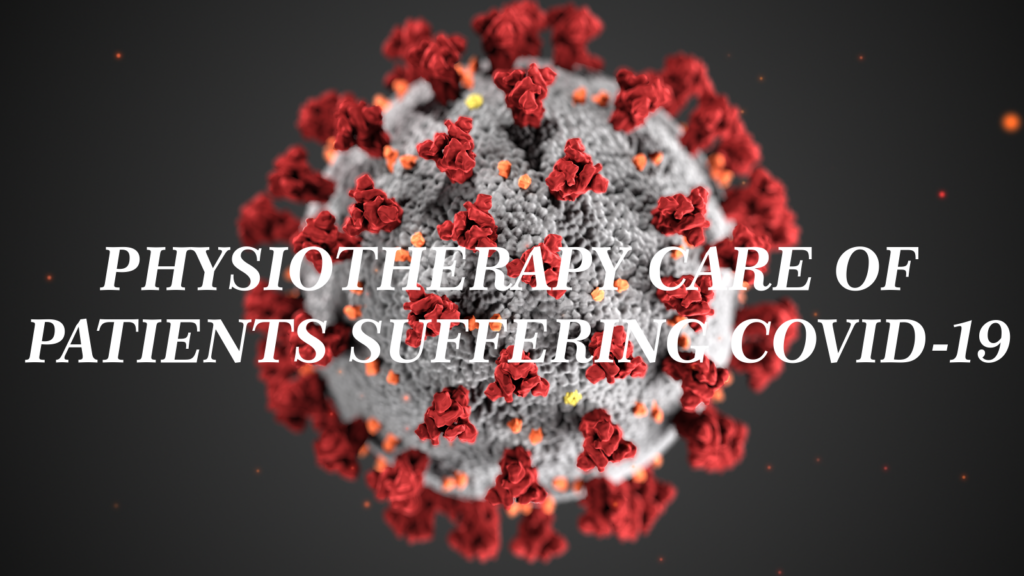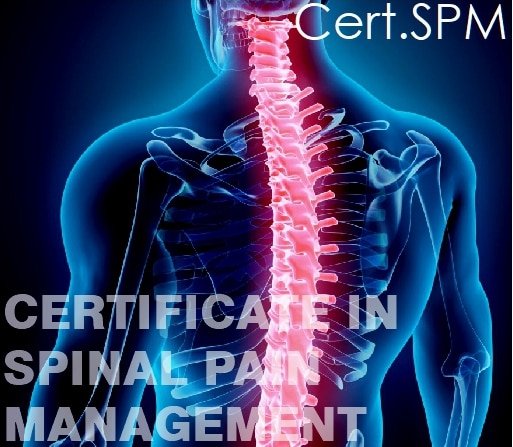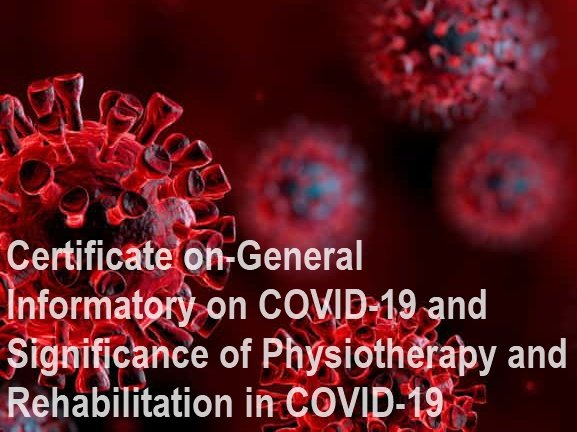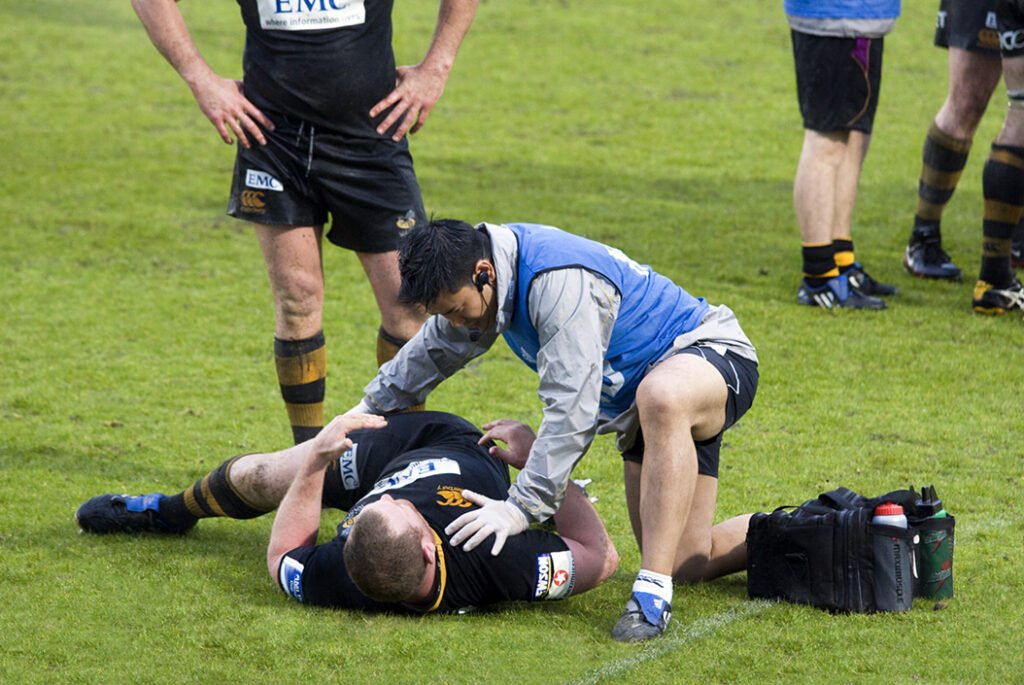Coronavirus or Covid-19 is a deadly infectious disease. Its first case was reported in the People’s Republic of China. This viral infection spread throughout the country and eventually around the whole world so quickly and took numerous lives and many individuals got hospitalized. On March 11, 2020, this was declared a pandemic by the World Health Organization Emergency Committee.
Emergency was observed worldwide in all the medical setups. All the doctors, nurses, and paramedic staff served as the front-line warriors and provided their services in treating and taking due care of all the sufferers of this deadly virus. Among these front-line warriors, the role of physiotherapists is also very important and cannot be neglected anyway
Among different countries in the world, physiotherapists are recognized as professionals who play important role in multi-professional teams in the primary and tertiary care units. During the patients’ acute illness phase, especially the Covid-19 [1] sufferers, the physiotherapists are supposed to provide ventilator support and rehabilitation interventions thereafter to promote functionality.

Being part of the front line force and providing their due services, these physiotherapists are also recommended to be cautious about their own health. Due to being at a higher risk of getting infected by the virus, different recommendations are prescribed to these warriors which they should strictly follow while taking care of the patients suffering from Covid-19.
INTENSIVE CARE:
Intensive care is also known as Intensive Treatment Units (ITU) or Intensive Care Unit (ICU). The most prominent symptom observed among the Covid-19 patients is shortness of breath. The patients in critical condition are immediately shifted to intensive care where the patients receive treatments from the clinicians along with the physiotherapists in full PPE (Personal Protective Equipment) [2] and no visitors are allowed inside to see the patient.
Here the patients are sedated and intubated. For intubation, a tube is inserted into the airway normally through the mouth. The patients are sedated usually for almost 7 to 10 days and then they are slowly ‘woken up’ from sedation.
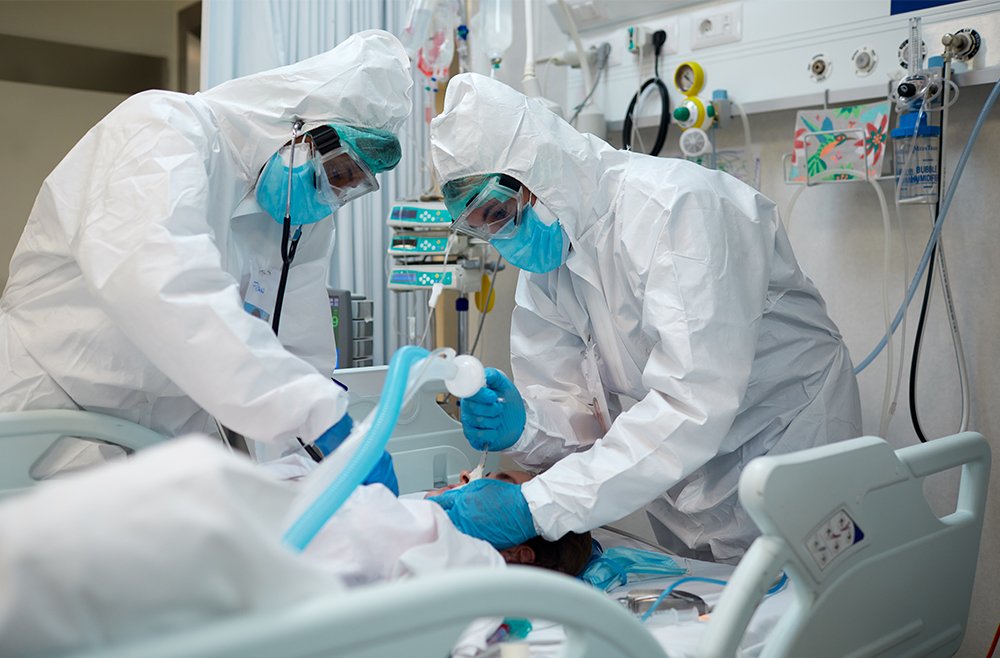
After weaning off from sedation, patients might need to get ventilated through a tube that runs through the windpipe, which in medical terminology is commonly called a tracheostomy. No doubt that this ventilation is invasive, but it is a little more comfortable for the patient than endotracheal intubation which is the intubation through the mouth.
The low consciousness state of the patient may contribute to the disorientation, and they require a lot of rehabs there before they are shifted to the wards.
EARLY INTERVENTION:
In the ICU, it is observed that early rehabilitation benefits a lot and contributes to the patients’ quick recovery. Physiotherapy can assist patients in managing to sit on the edge of the bed and even the ones on the ventilator can manage to take few steps if are subjected to early rehabilitation. It is observed that by doing so, the majority of the patients in the ICU successfully manage to at least stand on their own before they are being shifted to the wards.
MOVING PATIENTS FROM ICU TO THE WARDS:
It is reported that for many patients, recovering from Covid-19 has so far been a slow process. When shifted to the wards, many of them are on CPAP [3] for up to a couple of weeks. Weaning them off takes so long probably another week or a couple of weeks. Their ability to rehab is greatly affected due to the condition of breathlessness and fatigue from which they suffer afterward.
Usually, the patients are given a break of ten minutes when the ventilator is turned down slightly to deliver a low level of oxygen. In normal practices, patients have given one break a day on the first day then two breaks or one long break in the next day. But even during these the patients require a lot of oxygen.

PHYSICAL REHABILITATION:
After the patient recovers from the extreme discomfort of the condition of fatigue and breathlessness, and their health condition starts shifting towards betterment then again came to the duty of the physiotherapist here.
CORE OBJECTIVES:
The main objective of the whole physical rehabilitation of the covid-19 [4] patients in the wards is that they become capable enough to sit and stand on their own without needing any sort of assistance. The patient could become capable of managing to sit, stand, walk, and carry out little activities like going to the washrooms, etc.
IMPORTANT CONSIDERATIONS:
A lot of factors need to be considered while creating a rehabilitation plan for the covid-19 survivals. One of the main factors is comorbidities, which need due consideration. These are the conditions associated with the old age community which suffers from covid-19. Some of the leading co-morbid conditions may include diabetes, hypertension, coronary heart disease [5], and stroke.
Other factors may include injuries to the organs and systems due to covid-19. In some cases, direct lung trauma [6] can also create hindrances during the rehabilitation process. All the above-mentioned factors need to be considered in order to design the most suitable rehabilitation plan for the patient.
The consequences of COVID-19 will be specified in each individual and their rehabilitation needs will be specific to these consequences such as long term ventilation, immobilization, deconditioning, related impairments – respiratory, neurological, musculoskeletal, etc.
During the physical rehabilitation, the following are the techniques that are followed.
TREATING PATIENTS HAVING DRY COUGH ISSUES:
Dry cough is the main symptom of covid-19. During the physical rehabilitation of such patients, only in few cases, manual techniques are used to help people breathe.

One of the methods follows gentle clapping on the chest of the patient. The patient should be side-lying or sitting up in a chair and the physiotherapist is supposed to gently clap on the chest. Or the physiotherapist can also give a gentle shake as the patient breathes out by placing their hands around the chest wall or rib cage. But these techniques are only used in few cases because the majority of the covid-19 survivors suffer from dry cough and they are not subjected to such manual techniques.
PULMONARY REHABILITATION:
Many of the covid-19 survivors suffer from the issues of breathlessness and they are subjected to pulmonary rehabilitation [7]. The duration of this rehabilitation therapy can vary from person to person depending upon the health condition of an individual. The rehabilitation session is carried out under the supervision of a physiotherapist. The patient is first given a detailed briefing regarding the whole therapy which is then followed by different exercises and techniques which the patient then practices with the assistance of a physiotherapist. The exercise and its duration are decided by the physiotherapist considering the overall health and fitness status of the patient.
Recommended Physiotherapy Exercises On Discharge
Once the physiotherapist is satisfied with the condition of a covid-19 survivor in the wards, they check whether the patient is capable enough to return to their home and if yes then they are discharged with a complete treatment plan. The patients are supposed to follow the prescription strictly in order to ensure their complete recovery. To avoid any inconvenience or health issues in the future they are advised some exercises.
The physiotherapist examines the overall patient condition and designs a proper exercise schedule for them. Depending upon the case it is totally up to the physiotherapist to decide whether to just issue a treatment plan to the patient or there is a need to plan a weekly appointment at the hospital.
The rehabilitation exercises usually prescribed to the covid-19 survivors include:
- Deep breathing exercises
- Shoulder circles
- Shoulder shrugs
- Knee lifts
- Knee straightening
- Ankle circles
- Ankle taps
- Heel raises.
- Biceps curls
- Wall push-off
- Walking, etc.
All of the above-mentioned exercises have a significant role in the rehabilitation of the covid-19 patients. Let us discuss a few of the most commonly prescribed ones among the above-mentioned exercises.
- DEEP BREATHING EXERCISES:
This exercise should be done regularly. The patient is supposed to take deep breaths. The main aim behind this is to increase lung capacity which is the part of pulmonary rehabilitation [8]. This exercise will also relieve stress and anxiety.
- SHOULDER SHRUGS:
First, the patient is supposed to sit in a relaxed position. Then the patient has to raise his shoulders bringing them to the ears and then down back to the starting position. This will eventually help in the rehabilitation of the shoulder muscles or and is also very effective in the cases of multidirectional shoulder instability [9].
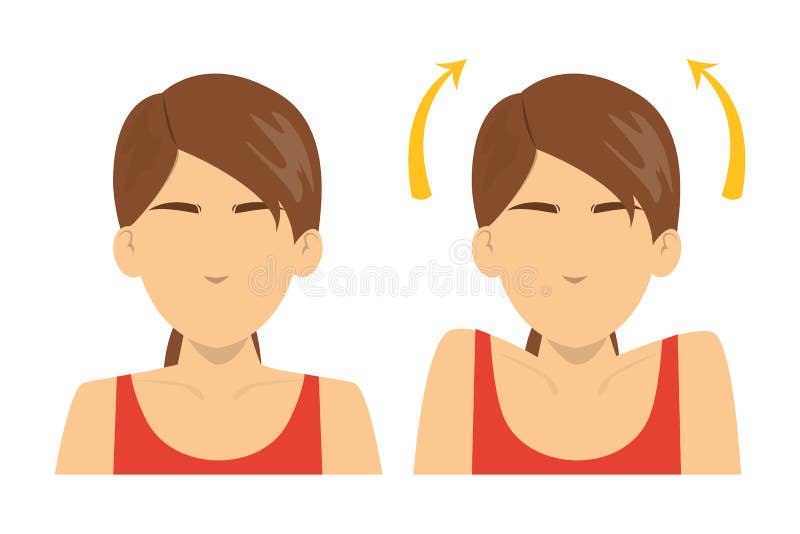
- WALKING:
This one of the best rehabilitation exercise a patient could do. Mostly the patients are advised to walk in a flat a spacious area. For few weeks, individuals often feel fatigued because their body is recovering, and this may take some time.

CONCLUSION:
The role of physiotherapists [10] in treating the covid-19 patients is very important. We cannot ignore their importance. After going through all the facts mentioned above, we can get a clear idea of it.
Let’s take a moment to appreciate the role of all the physiotherapists working tirelessly. The services they are providing to the patients are remarkable. In this pandemic situation, the way they are risking their lives to protect others is a great contribution indeed. More power to all our front-line warriors.
REFERENCES:
[1] https://radiopaedia.org/articles/covid-19-summary?lang=us
[2] https://radiopaedia.org/articles/personal-protective-equipment?lang=us
[3] https://radiopaedia.org/articles/capps-triad-1?lang=us
[4] https://www.elsevier.com/books/covid-19-pandemic/hidalgo/978-0-323-82860-4
[5] https://radiopaedia.org/articles/coronary-artery-disease?lang=us
[6] https://radiopaedia.org/articles/trauma?lang=us
[7] https://pubmed.ncbi.nlm.nih.gov/32541352/
[8] https://www.elsevier.com/books/pulmonary-rehabilitation/osaben/978-0-323-04549-0
[9] https://radiopaedia.org/articles/multidirectional-shoulder-instability?lang=us
[10] https://pubmed.ncbi.nlm.nih.gov/32556323/
